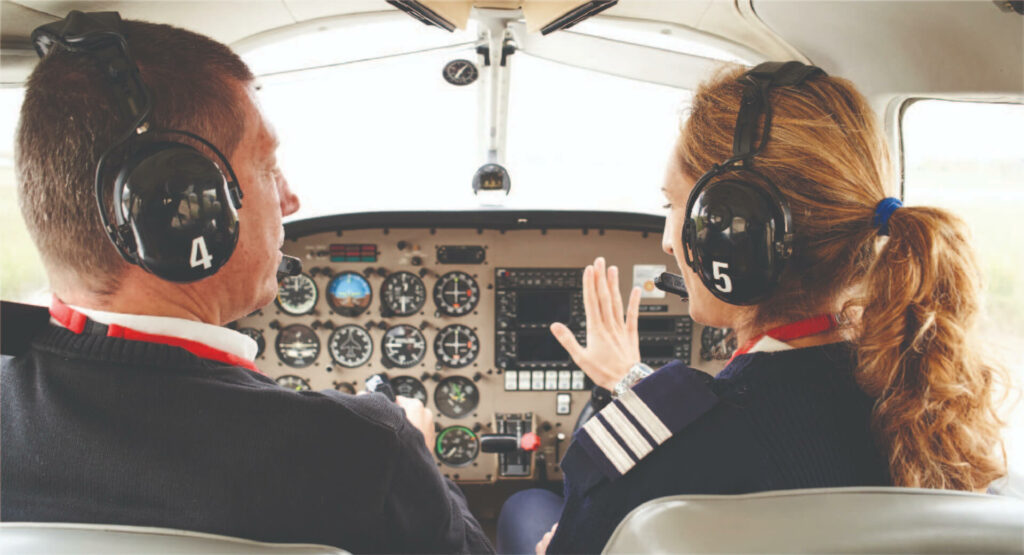You are here: Projects › How Can Intensive Flight Training Help You Become …
About
The Private Pilot License (PPL): An Overview
For a lot of would-be pilots, in receipt of a Private Pilot License is the primary step. Getting your PPL is important whether your aim is to fly fixed-wing aircraft or helicopters. Having a PPL paves the method for potential aviation pursuits by means of enabling you to fly used for fun and profit on your own. You will receive together academic as well as practical instruction, guaranteeing your understanding of aviation fundamentals as well as flight operations.
The Secret to Obtaining a Pilot’s License: Flight Training
the fundamental step towards attractive a pilot is flight training. In-depth courses cover basic subjects counting meteorology, navigation, as well as aerodynamics is provided by reputable flying schools. In order to help you develop your self-confidence with competence in the cockpit, your flight instruction will consist of supervised flights where you will obtain practical experience. Each session is led by knowledgeable flying instructors who present perceptive commentary as well as helpful advice.

An Instructor’s Role in Flight
In order to become a pilot, you have to complete flight instruction. They have the knowledge to initiate aspirant pilots because they are experienced pilots. Together with teaching technical information, a competent flight instructor also instills the self-control and judgment needed for safe flying. Your ability to become proficient in the actions and processes required to get your license depends heavily on their mentoring.

Knowing About Private Pilot License
It is officially permitted to fly private aircraft for non-commercial purposes if you embrace a private flying license, also referred to as a Private Pilot License. Passing a flight test, finishing written exams, as well as accruing a confident amount of flight hours are the basics for getting a PPL. Traveling, pleasure, or individual business is able to all be done with the freedom of flying with a PPL.
The Specialized Route of Helicopter Pilot Training
Helicopter pilot training provides an interesting and distinct career route for individuals with an interest in rotorcraft. Operating with controlling helicopters requires different abilities than operating fixed-wing aircraft, which is what helicopter training teaches. Helicopter aerodynamics, emergency protocols, as well as navigation are among the subjects covered in the course. In order to deal with the intricacies of helicopter flying, practical flight hours are important.
Being a Pilot for Helicopters
A thorough training program must be finished in order to obtain a license to fly helicopters. Ground instruction and hands-on flight training are also included in this. The practical training consists of actual flying under the guidance of a professional flight instructor, whilst ground school focuses on theoretical understanding. Your capability to fly a helicopter carefully and successfully is evaluated through the flight test, which is the ultimate step in your training.
Helicopter and Fixed-Wing Licenses Require the Same Flight Training
To increase their flexibility as well as career options in aviation, a few pilots decide to obtain licenses for both fixed-wing as well as helicopter aircraft. Gaining your Private Pilot License (PPL) for both types of aircraft is possible with the help of combination training programs offered by several flight schools. This comprehensive method offers a wider variety of experiences and skills while streamlining the training process.
The Road Map for Getting into Professional Aviation
a strong desire for aviation, discipline, and commitment are necessary on the path to becoming a pilot, regardless of whether your goal is to operate fixed-wing or helicopter aircraft. Learning about aircraft systems, weather patterns, and navigational procedures will be included in your training, in addition to flying. If you’re thinking about a career in aviation or are just flying for fun, these abilities are critical to guaranteeing safe and effective flights.